Everyday chores before household appliances took over
Imagine a world without the hum of a refrigerator or the whir of a washing machine. In the not-so-distant past, households operated without the electric conveniences we rely on today. Life was slower, but not necessarily simpler. Every task required more effort, turning daily routines into time-consuming chores. Yet, there was a certain rhythm to this way of life, a rhythm that brought people closer to their work and, perhaps, to each other.
The Labor-Intensive Laundry Day
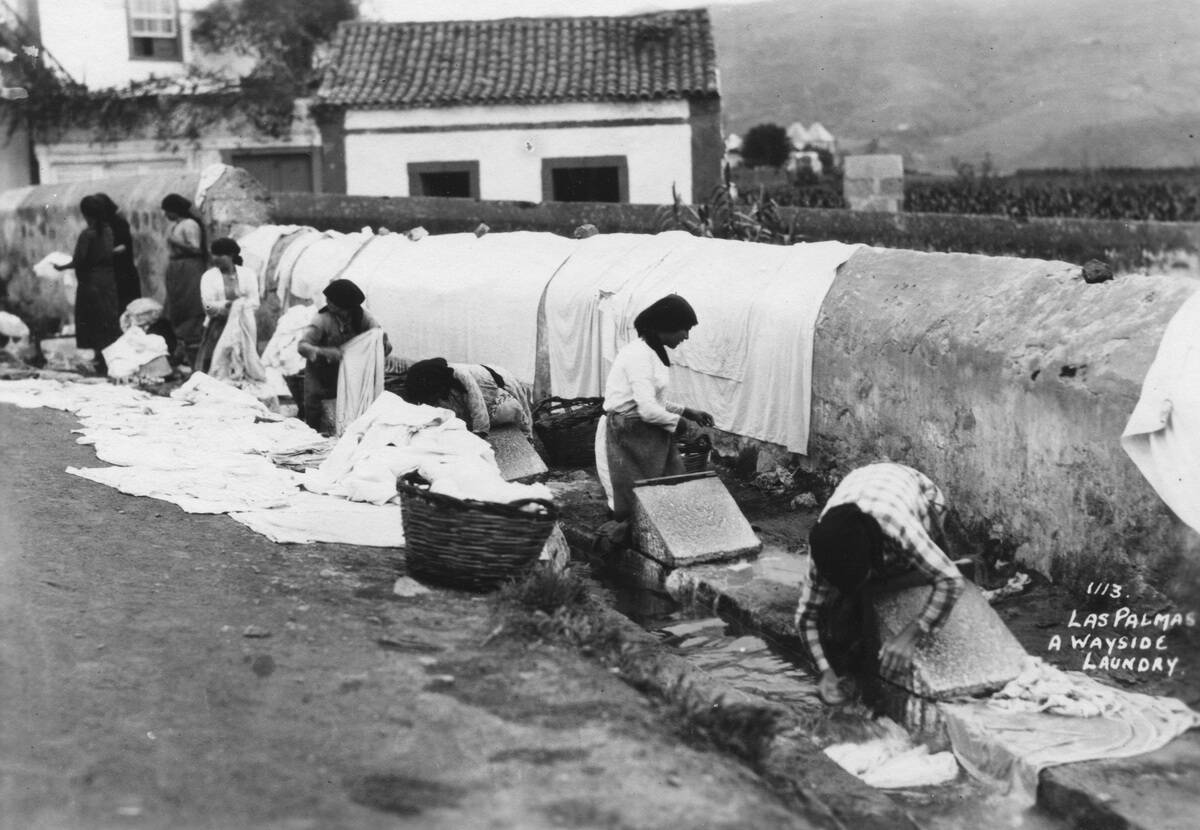
Laundry day was a monumental task, often reserved for Mondays. Women would haul heavy tubs of water and heat them over a fire to wash clothes. Scrubbing garments on a washboard was a workout in itself, and rinsing them required multiple changes of water. The final step, wringing out the clothes, was no less arduous. Without dryers, wet clothes were hung outside, subject to the whims of weather. The whole process could take an entire day, leaving one exhausted but with a sense of accomplishment.
Cooking Meals from Scratch: A Day-Long Affair
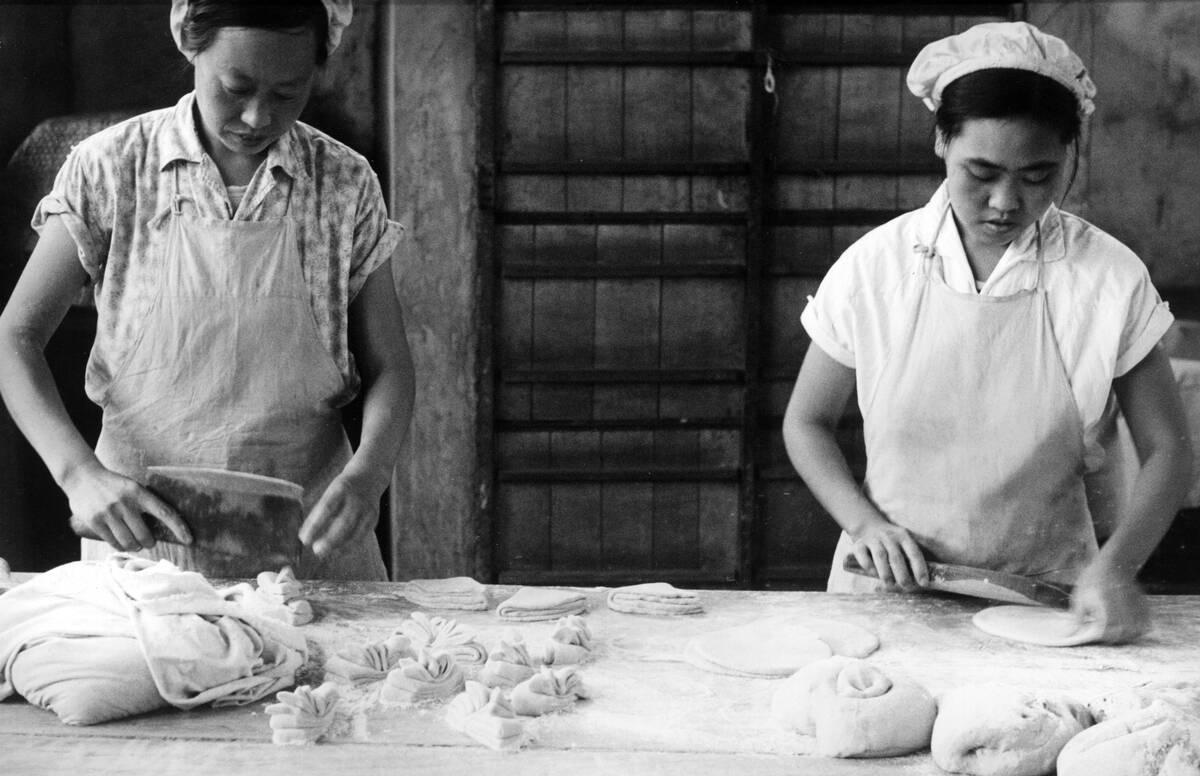
Preparing a meal in the past was an all-day affair. Ingredients weren’t just a grocery trip away—they were often grown, harvested, and prepared by hand. Breads were kneaded and left to rise, while meats were smoked or salted to preserve them. Open hearths or wood stoves required constant attention to maintain the right cooking temperature. Yet, such dedication to meal preparation often resulted in flavorful dishes that were savored by the family, making the hard work well worth it.
The Art of Handwashing Dishes
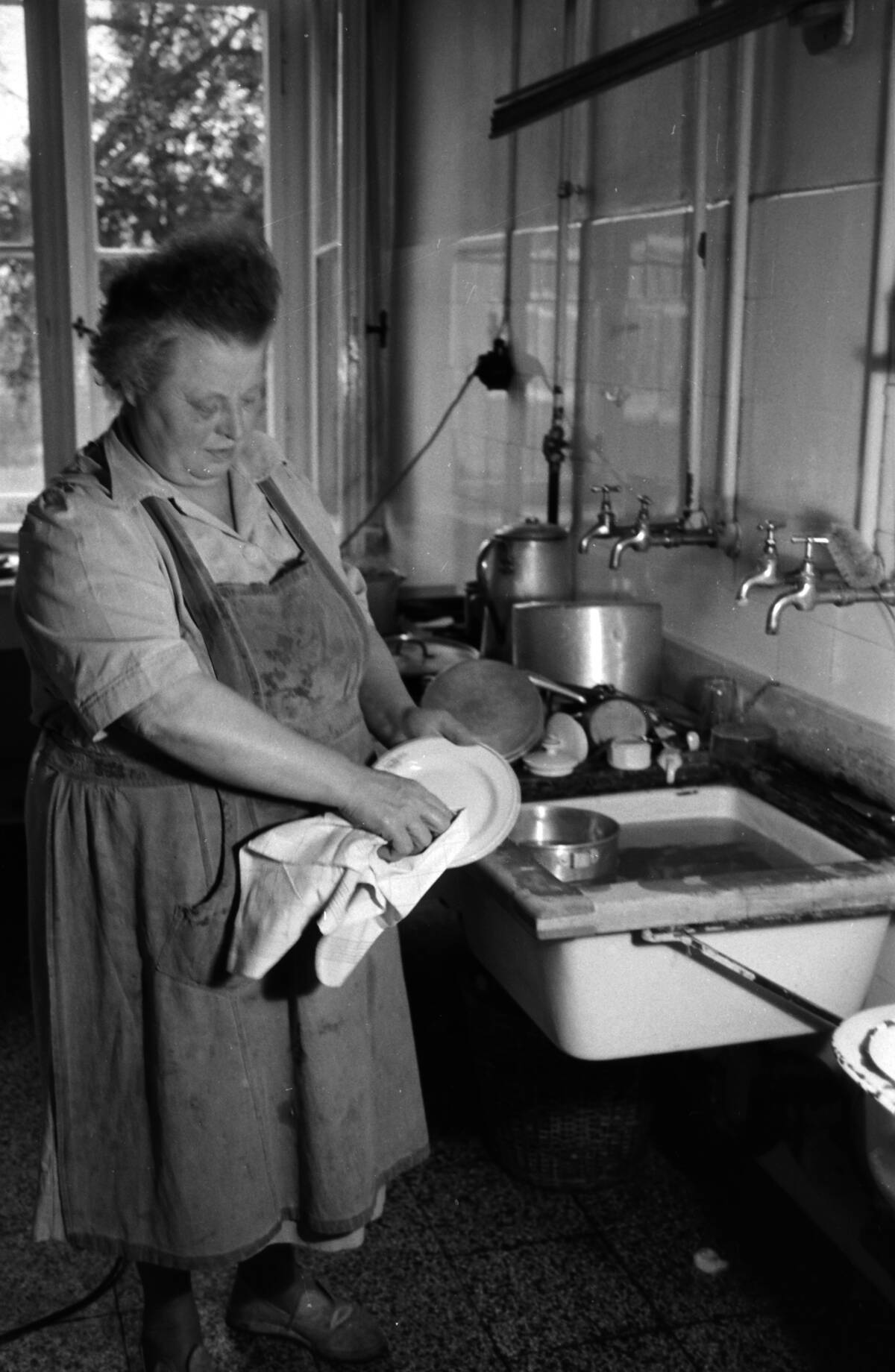
Handwashing dishes required more than just soap and water. Without modern detergents, people used ash, sand, or even homemade lye soap to scour away grease and grime. Hot water was heated on the stove, and each dish was scrubbed, rinsed, and dried by hand. Dishwashing was often a communal activity, with family members or neighbors chatting while they worked, turning a mundane chore into a social event.
Sweeping and Beating: Pre-Vacuum Cleaning Methods
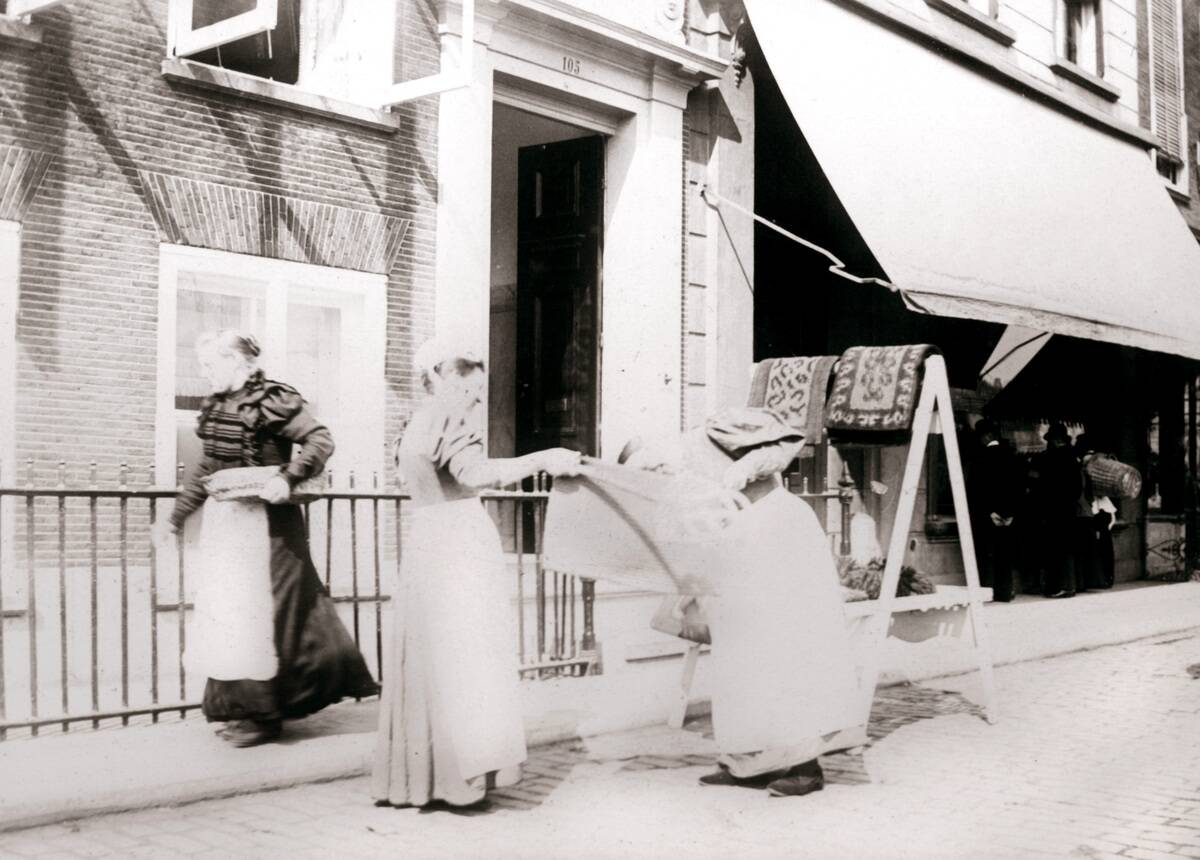
Before the advent of vacuum cleaners, keeping floors clean was a constant battle against dust and dirt. Brooms were the primary tool for sweeping, while rugs were taken outside to be beaten with sticks. This manual labor was effective, but physically demanding. The act of beating rugs, though, was strangely cathartic, releasing not just dust, but perhaps stress as well. It was a full-body workout that left both the rugs and the home refreshed.
Preserving Food Without Refrigeration
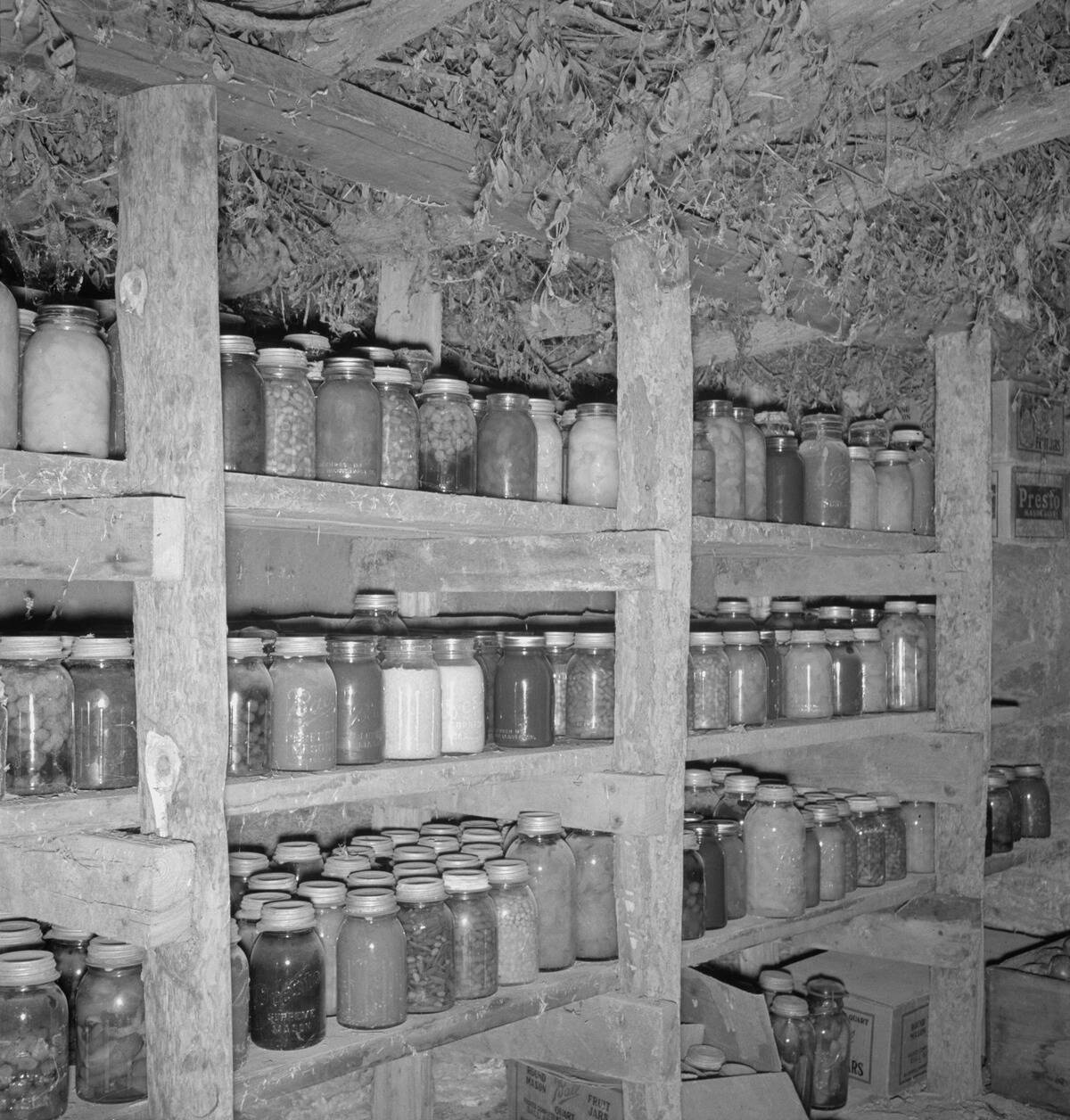
Without refrigeration, preserving food was both an art and a necessity. Techniques like salting, smoking, and pickling were commonplace, ensuring that families had sustenance through the winter months. Cellars and icehouses provided cool storage, while root vegetables were carefully layered in sand to keep them fresh. These methods required planning and diligence, but they also meant that food was cherished, with little going to waste.
Ironing with Cast-Iron Flat Irons
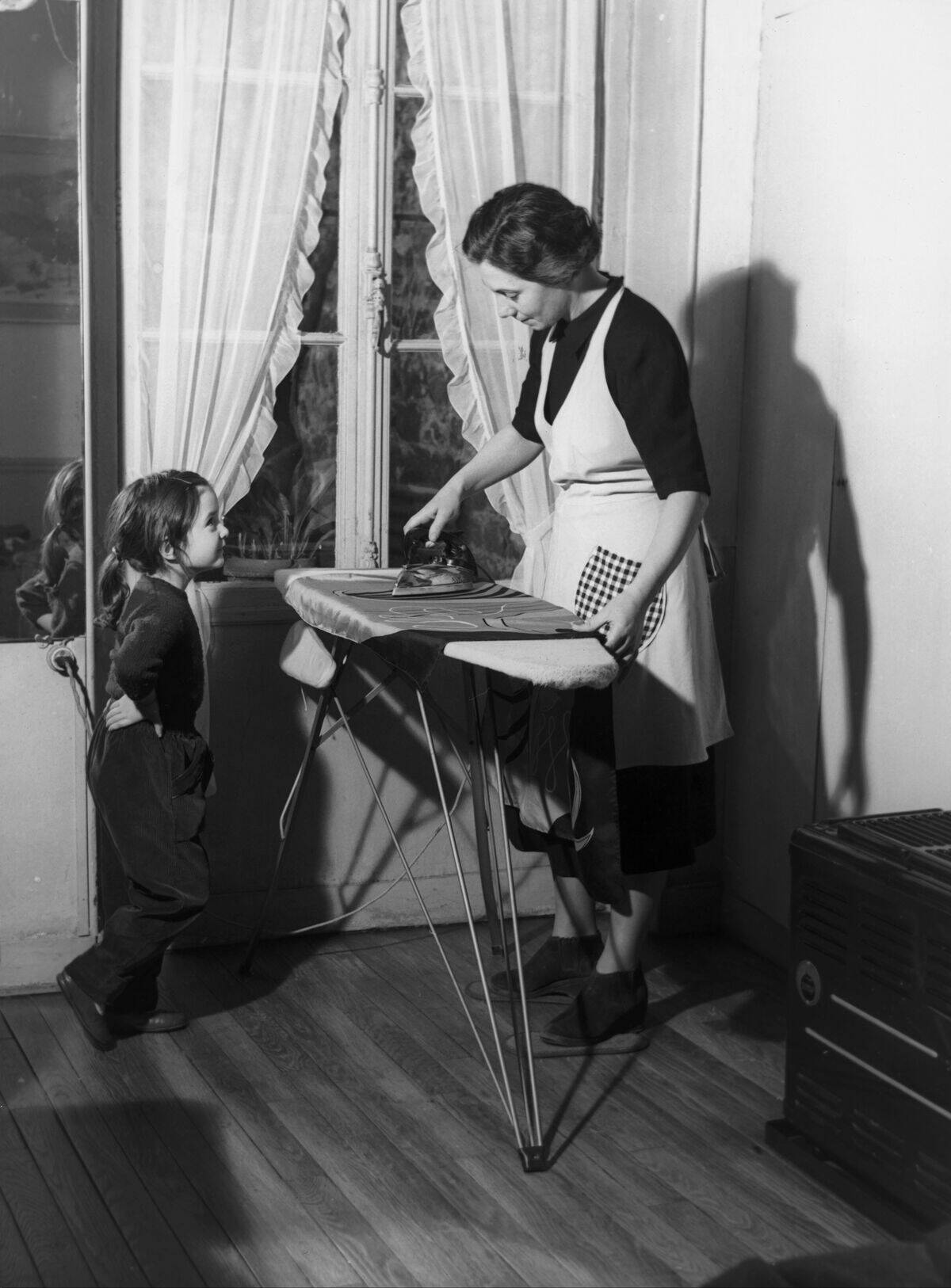
Ironing clothes was no easy feat, with heavy cast-iron flat irons that had to be heated on a stove. The irons were cumbersome, requiring strength and precision to use effectively. Temperature control was a matter of experience and intuition, as too hot could scorch the fabric. Yet, the result was crisp, well-pressed clothes that spoke to the care and effort put into maintaining appearances.
Manual Lawn Care: The Push Reel Mower
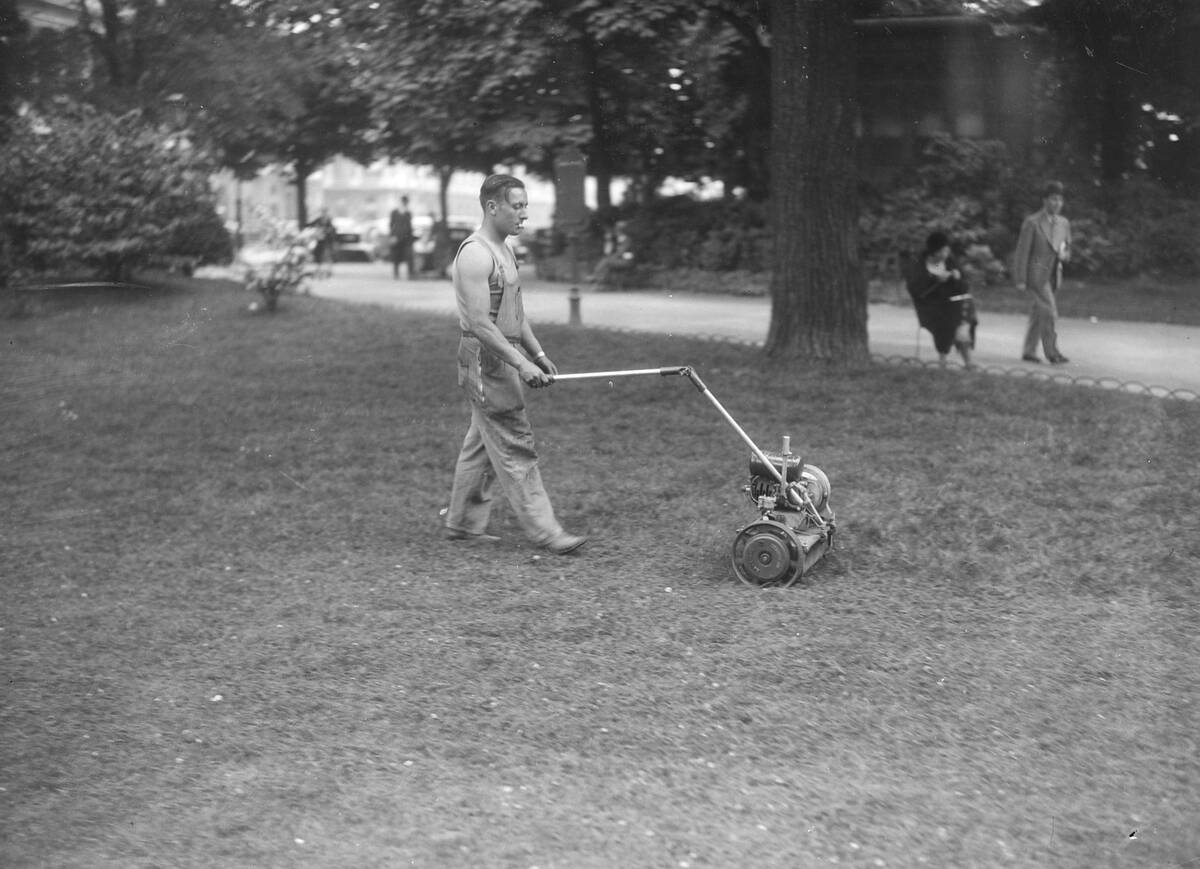
The push reel mower was the standard for lawn care, relying solely on human power to cut the grass. These mowers required regular sharpening and maintenance, but they were environmentally friendly long before the term was coined. Mowing the lawn was a test of endurance, yet the rhythmic sound of the blades and the satisfaction of a freshly trimmed lawn made it a rewarding task.
The Task of Hand-Pumping Water
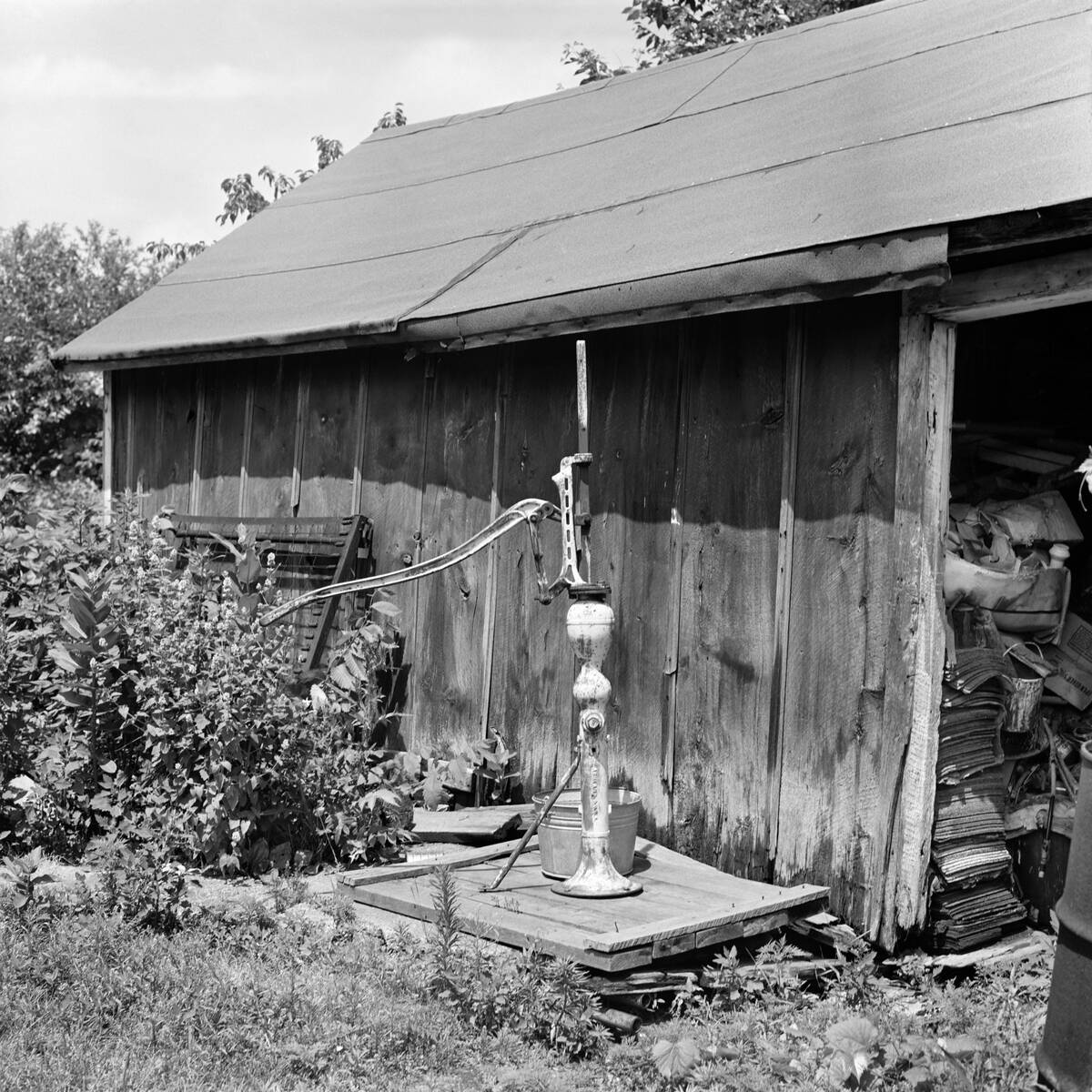
Accessing water was a workout in itself, with hand pumps as the primary source. Each bucket of water required physical effort, turning the pump handle until the water finally gushed forth. This chore was essential for daily life, from cooking to cleaning, and it brought a deep appreciation for every drop used. It was a reminder of the preciousness of resources that today we often take for granted.
Sewing and Mending Clothes by Hand
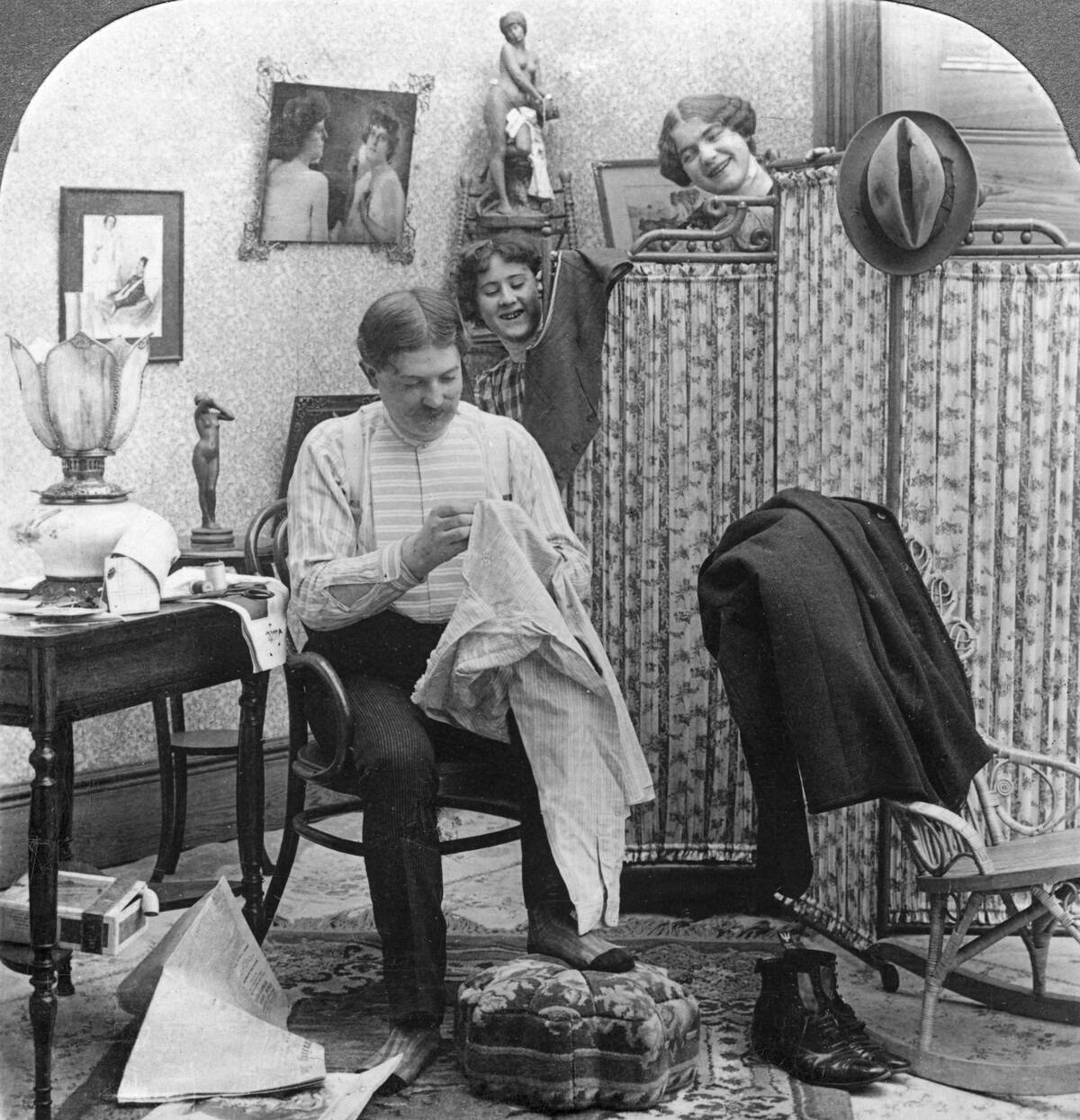
Before the convenience of ready-to-wear fashion, sewing and mending were vital skills. Clothing was often made at home, with patterns passed down through generations. Mending was a common necessity, with worn-out garments transformed with a needle and thread. This craft required patience and precision, yet it instilled a sense of pride in wearing something lovingly handmade and uniquely one’s own.
The Rigors of Heating a Home with Firewood
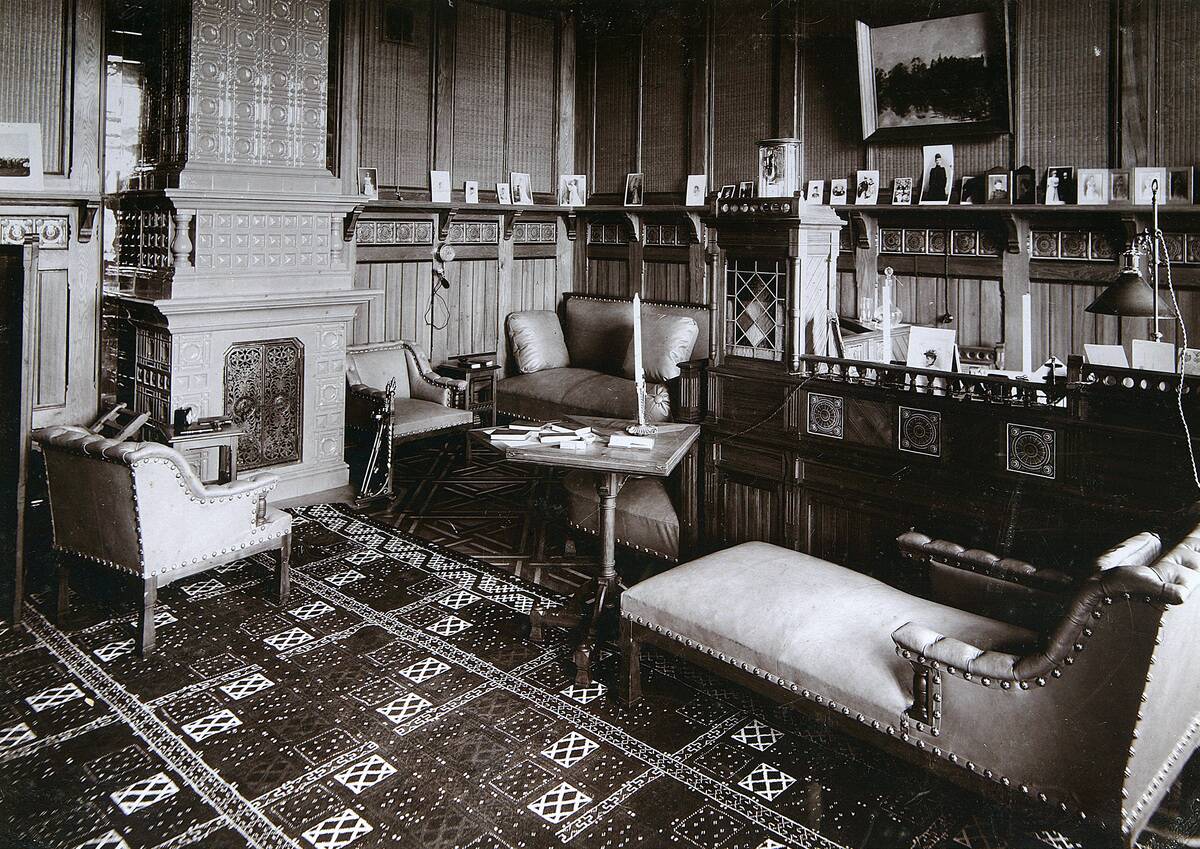
Heating a home involved more than just turning a dial; it required chopping, stacking, and hauling firewood. The task was physically demanding, often taking place in the harshest weather. Wood stoves and fireplaces needed regular tending to keep the home warm. Yet, there was a certain coziness to the crackling fire, a warmth that was both literal and metaphorical, bringing families together around the hearth.
Dusting with Feather Dusters and Cloths

Dusting was a never-ending battle against the accumulation of dirt. Feather dusters and cloths were the tools of choice, requiring frequent trips to shake out the collected dust. This task was one of diligence, often taking place while other chores were underway. It was a subtle art, ensuring that each surface gleamed and that the home felt fresh and inviting, a testament to the care taken by those who lived there.
The Effort of Hand-Cleaning Floors
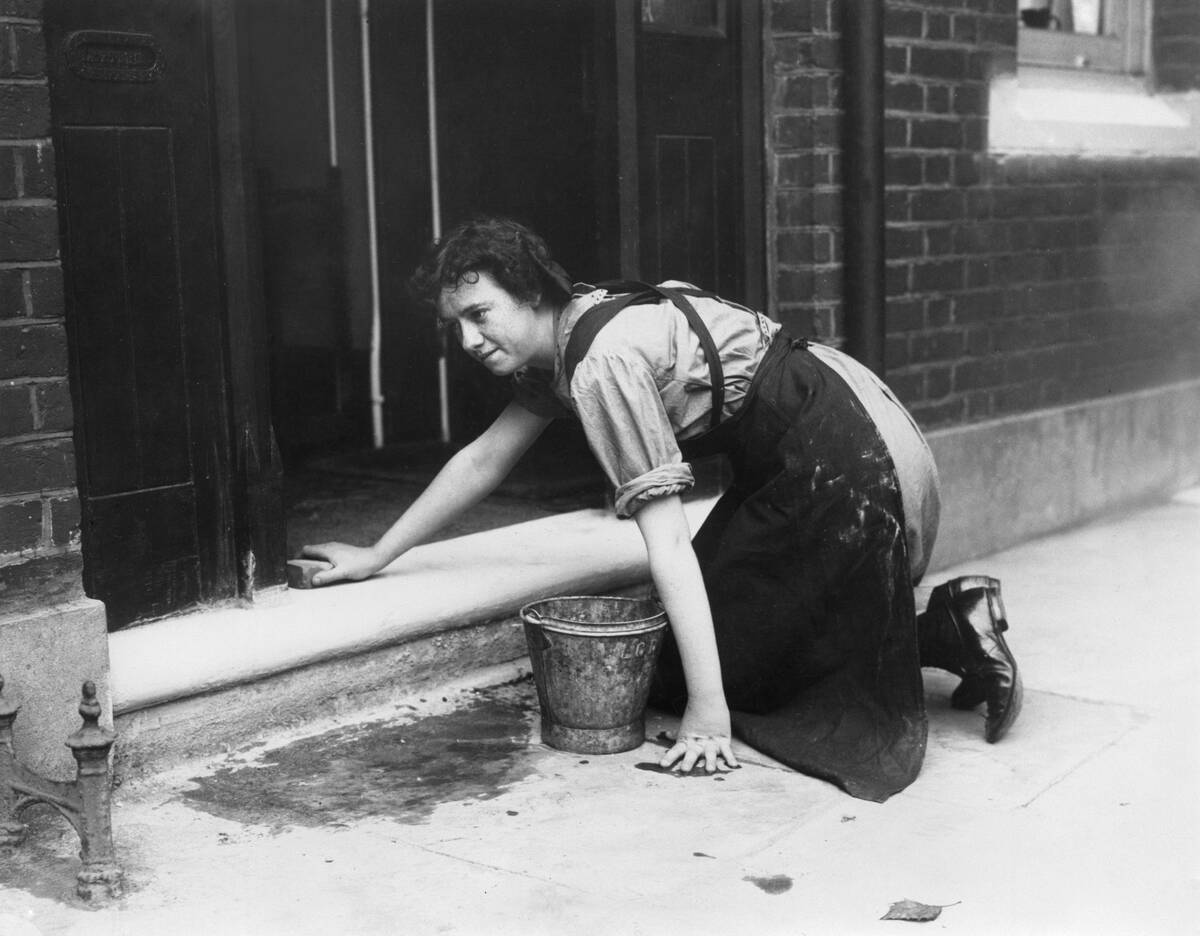
Cleaning floors was a labor-intensive task, with mops and brushes as the main tools. Wooden floors needed regular scrubbing and polishing to maintain their shine, while stone or tile required elbow grease to remove grime. This task was physically demanding but provided a sense of satisfaction when the job was done. There was no shortcut to cleanliness, only the rewarding sight of a spotless floor.
Maintaining a Garden for Fresh Produce
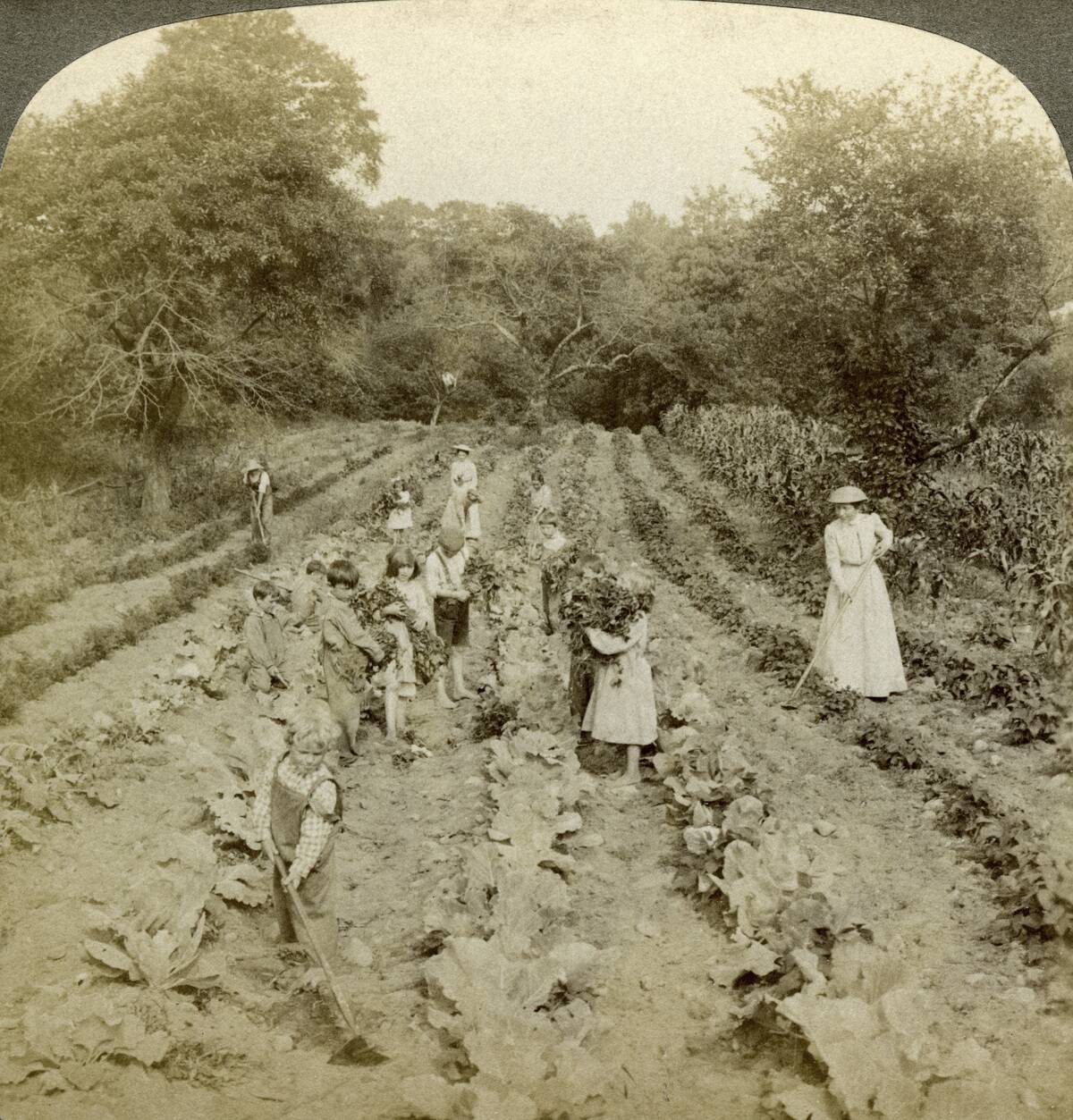
A garden was more than a hobby; it was a lifeline for fresh produce. Tending to it required knowledge, patience, and constant care. Planting, weeding, and harvesting were ongoing tasks, dictated by the seasons. The garden was a source of pride, offering a bounty of fruits and vegetables that nourished the family. It was a reminder of nature’s cycles and the rewards of hard work and dedication.
Lighting the Home Before Electricity

Before electric lights, illuminating a home involved candles, oil lamps, and gaslights. Each method required maintenance, from trimming wicks to refilling oil. Lighting a room was not instantaneous, but rather a ritual that transformed the space with warmth and shadows. Despite the effort, these light sources created a cozy ambiance, inviting conversation and reflection in their flickering glow.



